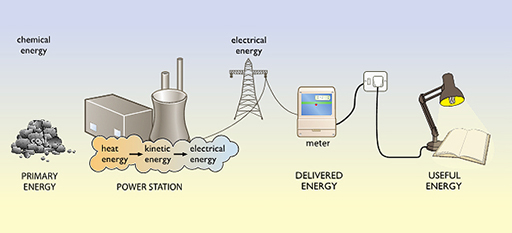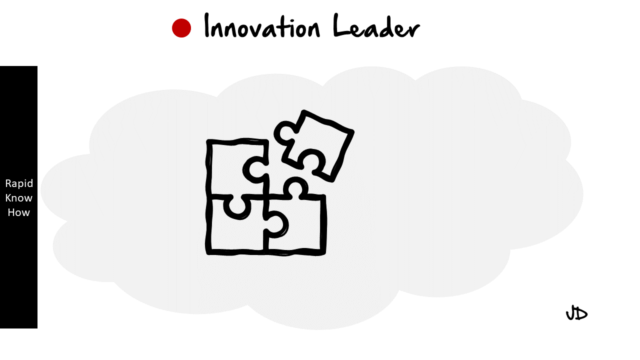In the next posts, I’ll analyze the reasons why fossil fuels won’t be the fuel of the future. Burning fossil fuels (coal, oil, gas,) causes greenhouse emissions and climate change. That’s why we need to reduce the harmful effect which burning fossil fuels.
This short series will make us understand the concepts of energy power, the difference between them, and the essentials of why to use or avoid them in the future.
Let’s start with how energy burned from coal is distributed to households.
Energy burned from coal may be converted in a power station to electricity which is then distributed to households

Primary energy source: coal is transformed from heat energy into electrical energy and delivered as useful reading support.
The energy released when the coal is burned is called primary energy. The energy is delivered to the end consumer, after conversion losses in the power station and transmission losses in the electrical grid are the delivered energy called final energy or useful energy.
How does the power station work?
Energy is converted from one to another what comes out is never as much as what goes in:
Energy Ratio: Percentage Energy Efficiency: (Energy Input/ Energy Output) x100
Water Turbines have an energy efficiency of 90% while combustion engines have 10% – 20%
Heat Energy
Heat can be transferred in three ways: conduction, convection, and radiation.
Conduction is the transfer of energy from one molecule to another by direct contact. …
Convection is the movement of heat by a fluid such as water or air. …
Radiation is the transfer of heat by electromagnetic waves.
Kinetic Energy
Kinetic energy Ekin is the energy content in a body that arises due to the acceleration of the body and thus acceleration work. A body of mass m moved with a velocity v incorporates the following kinetic energy: The energy is measured in J (joules) or Nm (newton meters).
Electrical Energy
Electrical energy is energy derived as a result of the movement of electrically charged particles. When used loosely, electrical energy refers to the energy that has been converted from electric potential energy. This energy is supplied by the combination of electric current and electric potential that is delivered by an electrical circuit (e.g., provided by an electric power utility). At the point that this electric potential energy has been converted to another type of energy, it ceases to be electric potential energy. Thus, all electrical energy is potential energy before it is delivered to the end use. Once converted from potential energy, electrical energy can always be called another type of energy (heat, light, motion, etc.).
How does the light emerge at home?
First, a primary energy source is used. Either a fossil fuel source such as coal, gas, oil, or nuclear power.
Next, the energy source is used in a power station to convert heat energy into electrical energy.
Then, the energy is delivered to households where it is used for cooking, lighting, etc.




